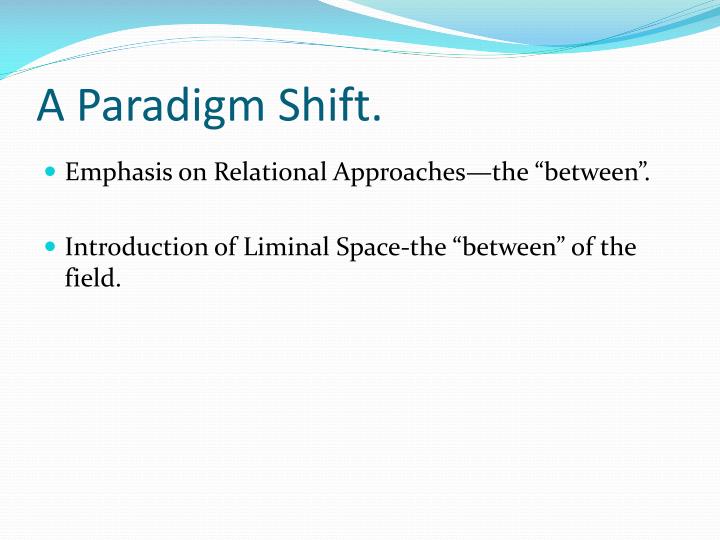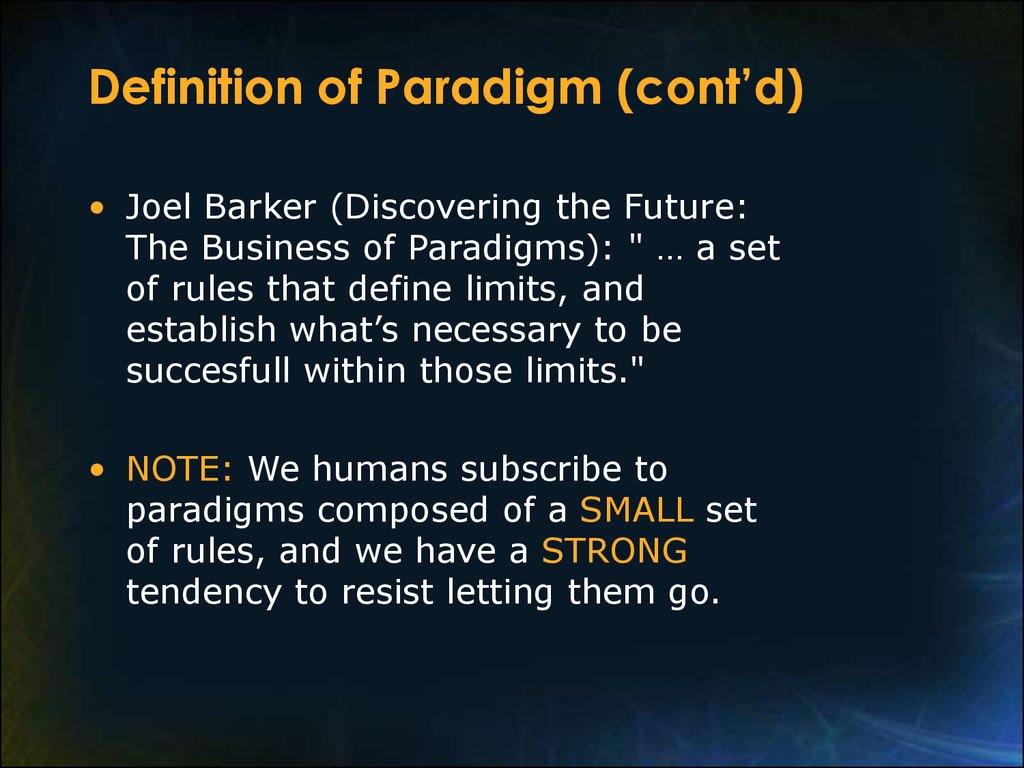

Again, for early 20th century physics, the transition between the Maxwellian electromagnetic worldview and the Einsteinian Relativistic worldview was neither instantaneous nor calm, and instead involved a protracted set of "attacks," both with empirical data as well as rhetorical or philosophical arguments, by both sides, with the Einsteinian theory winning out in the long-run. Eventually a new paradigm is formed, which gains its own new followers, and an intellectual "battle" takes place between the followers of the new paradigm and the hold-outs of the old paradigm. During this crisis, new ideas, perhaps ones previously discarded, are tried. When enough significant anomalies have accrued against a current paradigm, the scientific discipline is thrown into a state of crisis, according to Kuhn. Kuhn's model of scientific change differs here, and in many places, from that of the logical positivists in that it puts an enhanced emphasis on the individual humans involved as scientists, rather than abstracting science into a purely logical or philosophical venture. To put it in the context of early 20th century physics, some scientists found the problems with calculating Mercury's perihelion more troubling than the Michelson-Morley experiment results, and some the other way around. Rather, according to Kuhn, anomalies have various levels of significance to the practitioners of science at the time. There are anomalies for all paradigms, Kuhn maintained, that are brushed away as acceptable levels of error, or simply ignored and not dealt with (a principal argument Kuhn uses to reject Karl Popper's model of falsifiability as the key force involved in scientific change). The paradigm, in Kuhn's view, is not simply the current theory, but the entire worldview in which it exists, and all of the implications which come with it. Kuhn used the duck-rabbit optical illusion to demonstrate the way in which a paradigm shift could cause one to see the same information in an entirely different way.Īn epistemological paradigm shift was called a scientific revolution by epistemologist and historian of science Thomas Kuhn in his book The Structure of Scientific Revolutions.Ī scientific revolution occurs, according to Kuhn, when scientists encounter anomalies which cannot be explained by the universally accepted paradigm within which scientific progress has thereto been made.


It has since become widely applied to many other realms of human experience as well even though Kuhn himself restricted the use of the term to the hard sciences. It is in contrast to his idea of normal science. Paradigm shift, sometimes known as extraordinary science or revolutionary science, is the term first used by Thomas Kuhn in his influential 1962 book The Structure of Scientific Revolutions to describeĪ change in basic assumptions within the ruling theory of science. Please help to improve this page yourself if you can.

This article needs rewriting to enhance its relevance to psychologists.


 0 kommentar(er)
0 kommentar(er)
